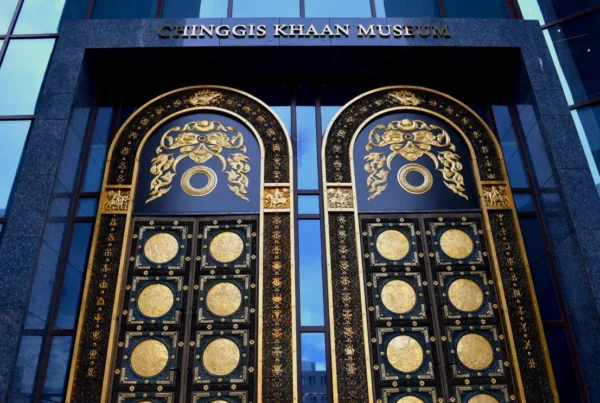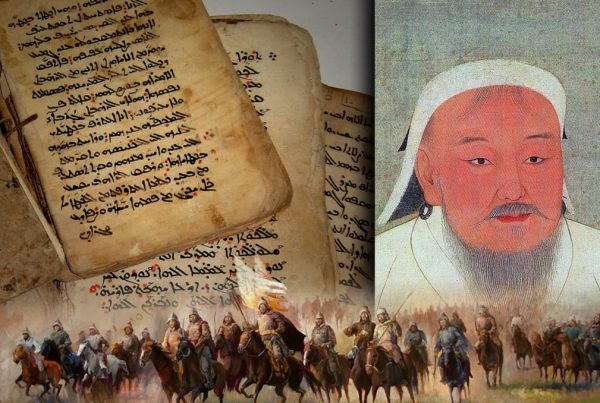Exploring Religion in Mongolia: A Blend of Tradition, Tolerance, and Diversity
Religion in Mongolia is characterized by a rich tapestry of beliefs and practices, reflecting the country’s deep cultural heritage and historical influences. According to the 2020 national census, the religious composition of Mongolia is as follows:
Buddhism: 51.7%
Non-religious: 40.6%
Islam: 3.2%
Shamanism: 2.5%
Christianity: 1.3%
Other religions: 0.7%
Buddhism in Mongolia: The Dominant Religion
Buddhism stands as the predominant religion in Mongolia, with approximately 51.7% of the population identifying as Buddhists, according to the 2020 national census. The Gelugpa school of Tibetan Buddhism has been particularly influential, and Gandantegchinlen Monastery (commonly known as Gandan Monastery) in Ulaanbaatar serves as a central institution for Buddhist practice and education. Founded in 1809, Gandan Monastery attracts renown for its 26-meter-tall statue of Avalokiteśvara, a revered figure in Mahayana Buddhism.
During the communist era, Buddhism faced suppression; however, since the 1990s, there has been a significant revival of Buddhist practices. A notable event in recent years was the identification of a 1.5-year-old boy as the reincarnation of the ninth Bogd, a revered spiritual leader. This recognition, approved by the Dalai Lama, has placed the child at the center of geopolitical tensions, particularly with China, which claims authority over Tibetan Buddhist leaders .
Shamanism in Mongolia: An Indigenous Belief System
Shamanism, or Tengrism, is an indigenous belief system rooted in animism and the worship of Tengri, the sky god. It was historically practiced by various steppe cultures, including the Mongols. In Mongolia, shamanism persists, with practices such as rituals at ovoos (sacred stone mounds) and ceremonies led by shamans. These rituals often involve offerings and prayers for protection and blessings .
While Buddhism has become the dominant religion, shamanistic practices continue to influence Mongolian culture and spiritual life. Many Mongolians incorporate elements of shamanism into their daily lives, reflecting a deep connection to nature and ancestral traditions.
Christianity in Mongolia: A Minority Faith
Christianity is a minority religion in Mongolia, comprising approximately 1.3% of the population. The Catholic Church has been active in the country, with Pope Francis making a historic visit in 2023 to support the small Catholic community and promote interfaith dialogue. During his visit, Pope Francis inaugurated the House of Mercy, a church-run homeless clinic and shelter in Ulaanbaatar, emphasizing that such initiatives are acts of charity rather than attempts to convert people .
The Catholic Church in Mongolia has focused on social outreach, providing services to those in need, including the homeless, people with disabilities, and victims of domestic violence. This approach underscores the Church’s commitment to serving the community and fostering goodwill among diverse religious groups.
Islam in Mongolia: Faith Among the Kazakh Community
About 3.2% of Mongolians practice Islam, primarily among the Kazakh ethnic minority living in western provinces like Bayan-Ölgii. The Ulgii Central Mosque in Ölgii, Bayan-Ölgii, is the largest mosque in the province and serves as the headquarters of the Islamic Centre of Mongolia .
The Kazakh community in Mongolia deeply intertwines Islamic practices with their cultural traditions. The mosque not only serves as a place of worship but also as a cultural hub, offering educational programs and fostering a sense of community among Muslims in the region.
Religious Freedom in Mongolia: A Constitutional Guarantee
Mongolia’s constitution guarantees freedom of religion, and the country has earned recognition for its commitment to religious liberty. In 2023, Mongolia received a score of 4 out of 4 for religious freedom .
Pope Francis praised Mongolia’s tradition of religious freedom. He noted that such tolerance existed even during the period of the Mongol Empire’s vast expansion. The Mongol Empire extended over much of the world. This historical legacy continues to influence Mongolia’s approach to religious diversity, fostering an environment where various faiths coexist peacefully.


